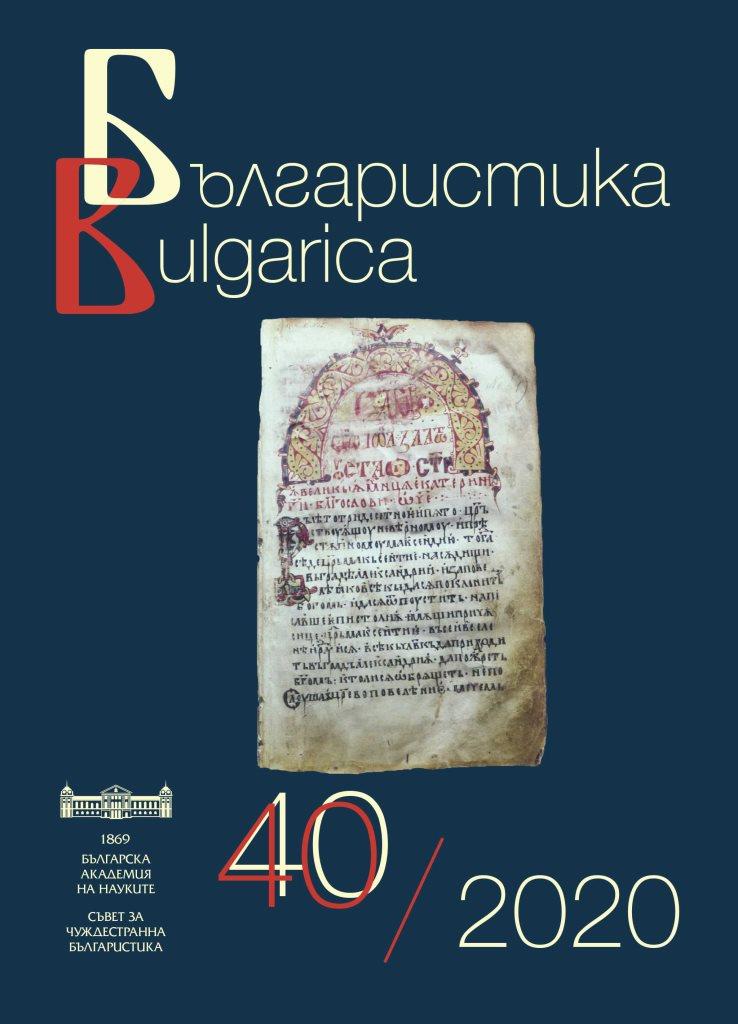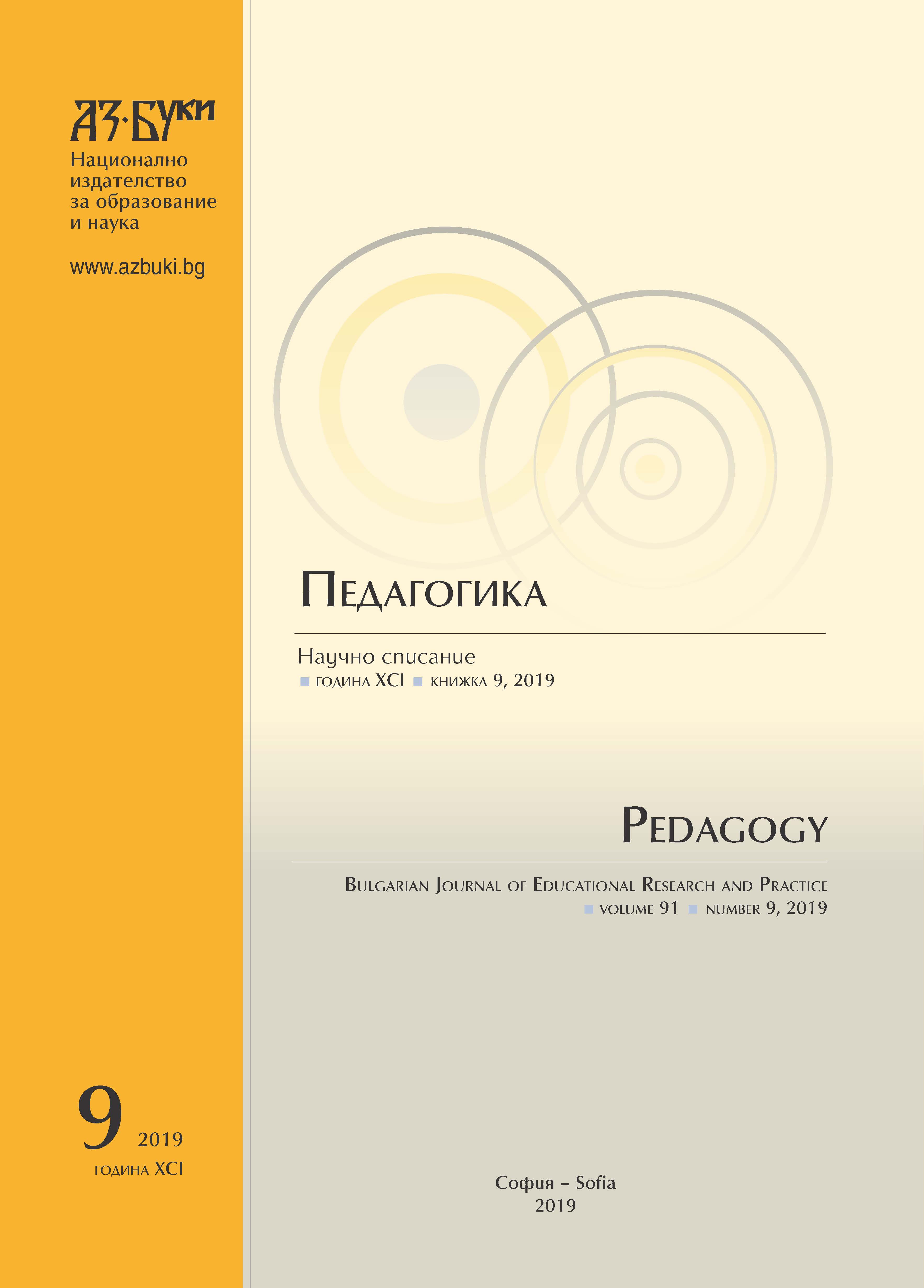
We kindly inform you that, as long as the subject affiliation of our 300.000+ articles is in progress, you might get unsufficient or no results on your third level or second level search. In this case, please broaden your search criteria.

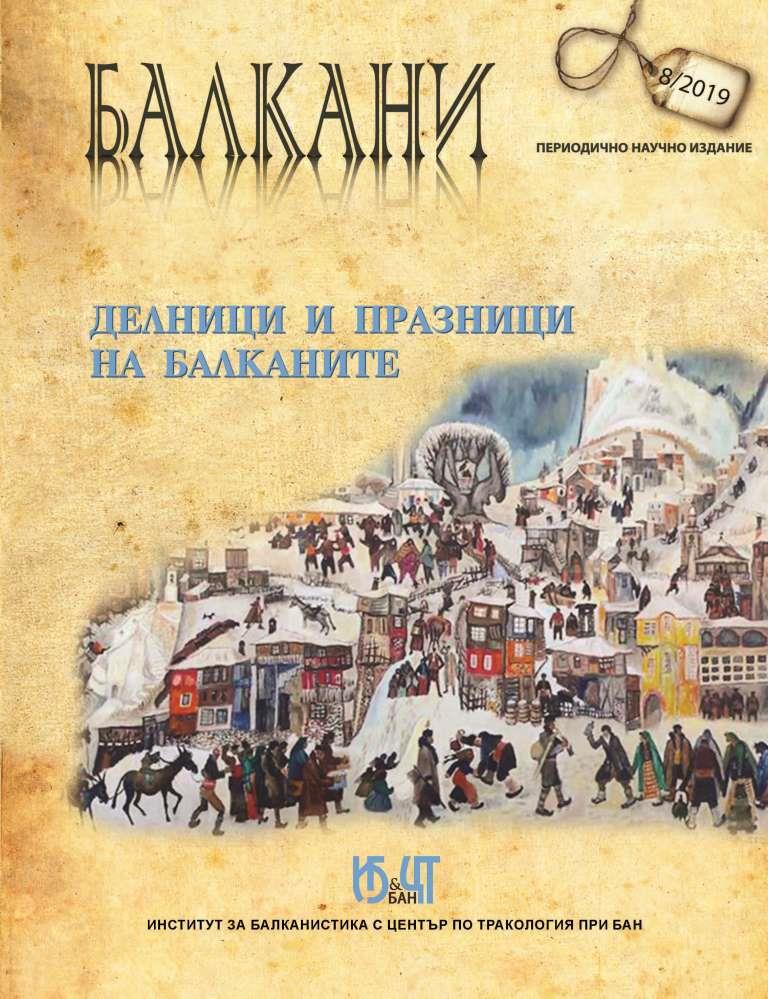
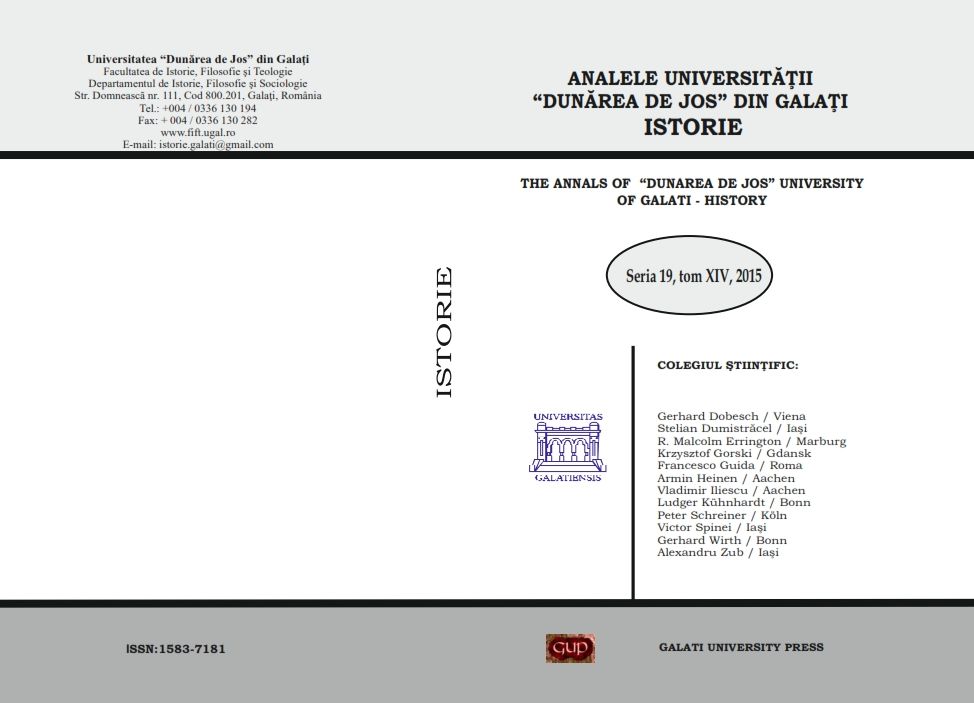
The article consists of the general bibliography of documents referring to world and Romanian history, as well as books donated by V. A. Urechia to the Public Library of Galați, which bears his name today. The article is structured into 8 sections, Documents that are in the inventory of the Library and that concern world and Romanian history; Old foreign books (dating between 1472 and 1700); Old Romanian books; foreign books (dating from 1790 to 1900); Manuscripts; Maps; Photographs; Old Prints. The sources that have been used for compiling this bibliography are: the Catalogue of Manuscripts and Letters, the Catalogue of Prints and Paintings, the General Book, Manuscript and Map Catalogue, the Catalogue of Old Romanian Books in the patrimony of V.A. Urechia Library, the Old Books list and the Library’s Electronic Catalogue
More...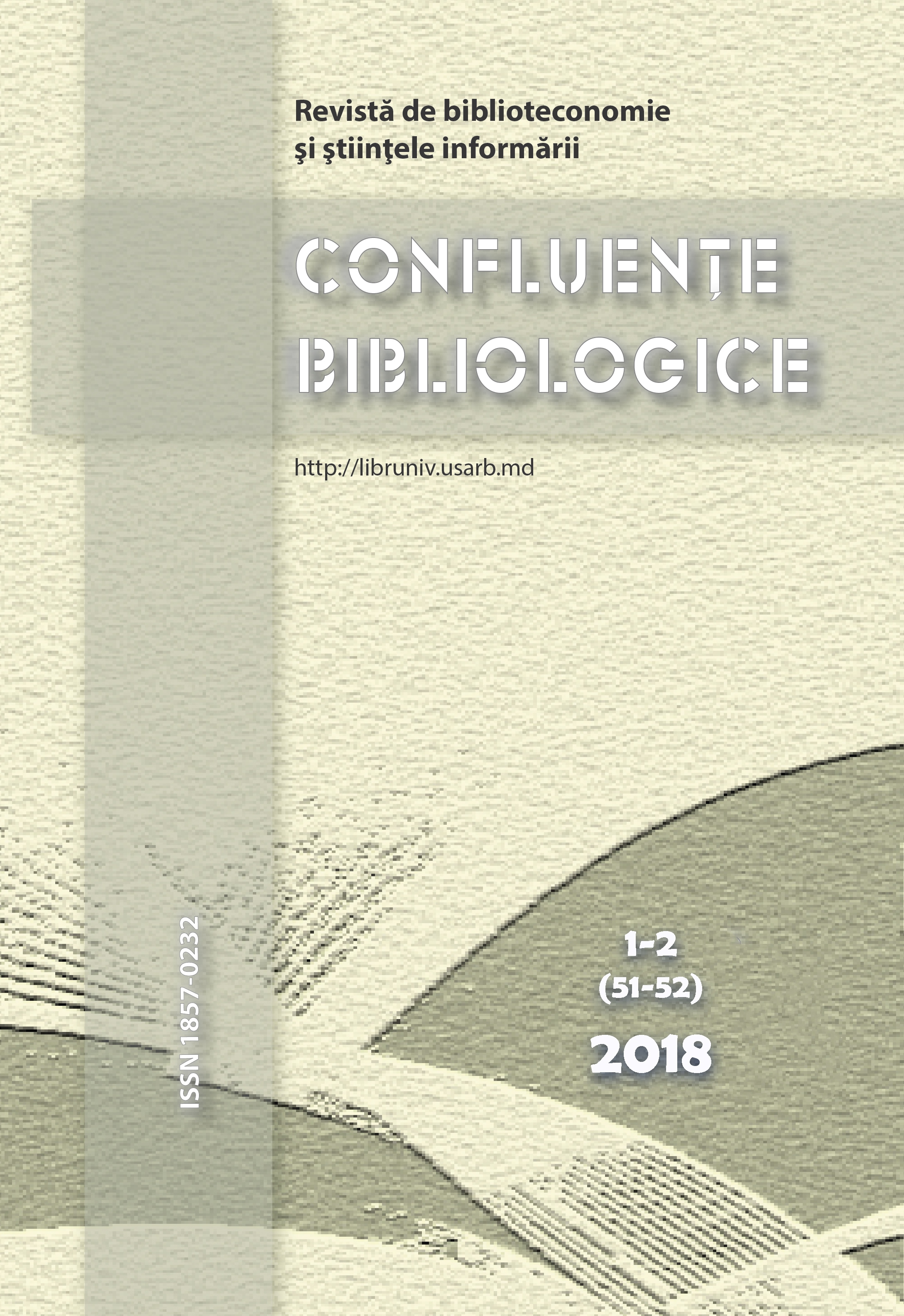
The Portrait Circle of Lectures “What about is Speaking the Face” was dedicated to the Leonardo’s 500 Death Anniversary. In this article we discuss actuality of the thim and results of test in order to improve our future work.
More...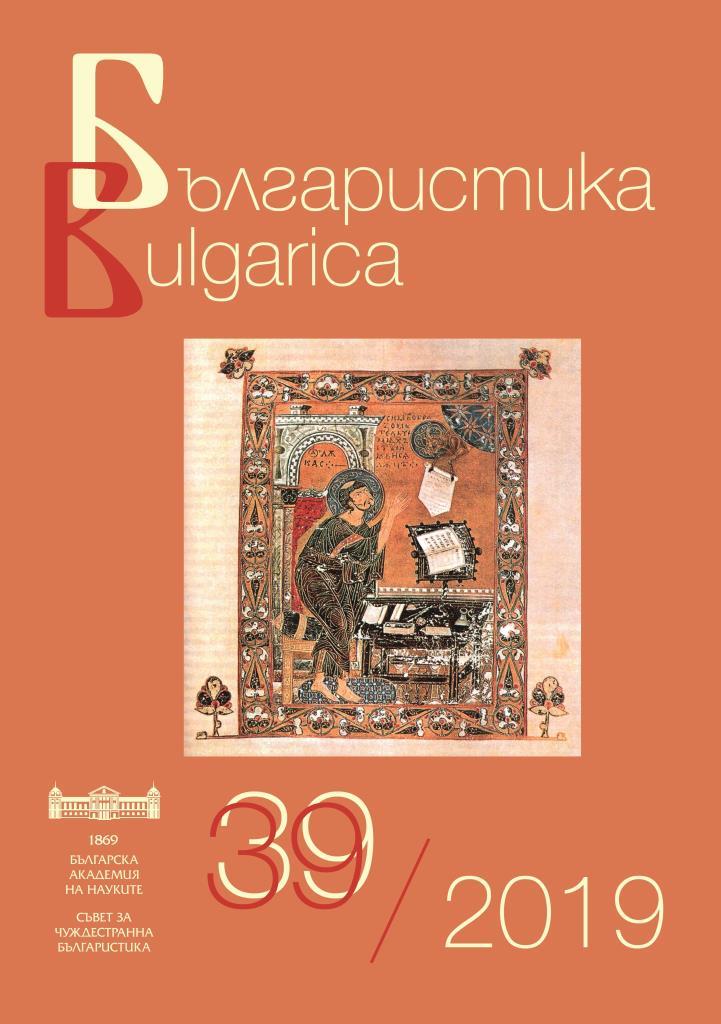





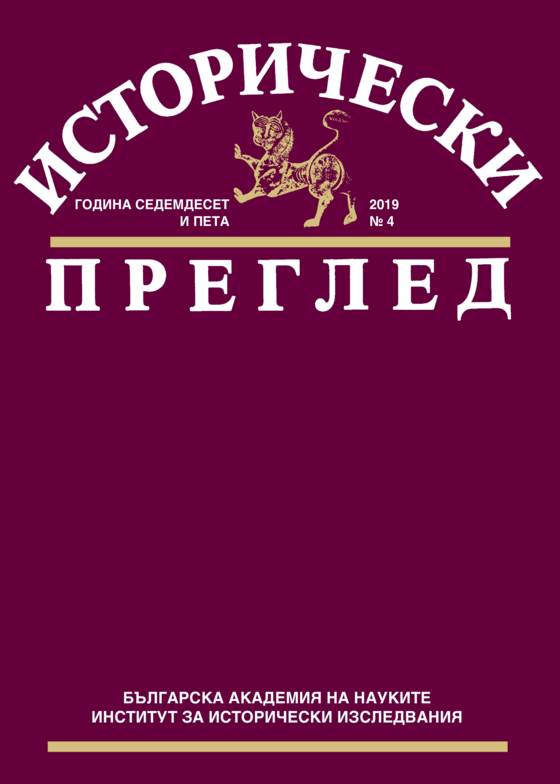
The text is dedicated to the 80th anniversary of Correspondent member of BAS, ScD. Rumyana Radkova, a prominent researcher of Bulgarian Revival. The scientific biography of the researcher is briefly presented and a concise historiographical overview of the most significant of her works is made. For a better presentation of her scientific works, parallels with works of artists have been used: the works devoted to historical and geographical objects are compared with landscapes, biographical works with portraits of individual national revivalists, and the research on social groups with collective portrait compositions.
More...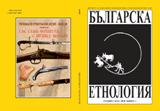
The Scientific Archive of the Bulgarian Academy of Sciences preserves a poorly known set of hand-written documents representing reports of county governors to the Minister of Internal Affairs and containing data on the folk costumes worn by the different groups of population in the respective districts. The article analyses the report of the governor of the County of Sofia. The document presents according to the district the various types of male and female costumes typical of each settlement. The lack of studies on the folk costume in the time of the document provokes the interest of the author to find the reasons for the specification of precisely these types of costumes. Comparing and analysing the data on each costume – its elements, materials, decoration etc. – she determines the markers of differentiation that gave the authors of the respective descriptions a reason to typologize the costumes in certain district precisely in this manner. In this article, the author analyses the presentation of the folk costumes in Zlatitsa, Novo selo and Iskrets districts. The first two districts –Samokov and Sofia – were a subject of analysis in an article published in the previousissue of the journal.
More...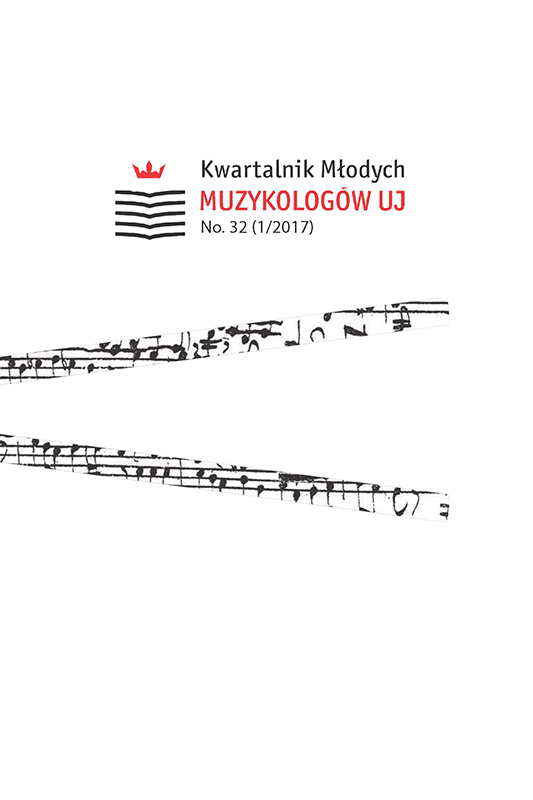
As many researchers claim, we live in the era of intertextual works. The analysis of the 3rd Symphony “Circus Maximus” by the American composer John Corigliano definitely proves this statement. The symphony, finished in 2004, had been commissioned by Jerry Junkin – the conductor of the Wind Ensemble and Director of Bands at UT Austin. It is said to be an example of program music. Corigliano’s main purpose was to show connections between the past (Rome Empire) and the contemporary world. The composer notices that animalisation and coerciveness are characteristics of people living in these two eras. The composition consists of eight movements and is written for wind ensemble and percussion. The aim of this article is to show intertextual connotations and references present in the composition, such as: allusions, stylization, reminiscences, and memory of genre. In order to achieve this aim, the author used the Mieczysław Tomaszewski’s systematics of music-in-music existence. Moreover, similarities to Gustav Mahler and Charles Ives’ compositions are shown.
More...
The article presents the conclusion of the research conducted by the author in the collection of the State Museum of Auschwitz-Birkenau, former German Nazi concentration and extermination camp. The sources are fully featured and described for the first time. The article focuses on showing a complicated post-war history of the camp items connected with music (musical instruments, printings, manuscripts, handwritten copies of instrumental books), which are auxiliary sources to reconstruct the repertoire of chapels in KL Auschwitz-Birkenau. The main aim of the article is to also discuss the preserved repertoire. In the last chapter, the author presents a short characteristics of original works composed by musicians and composers in slavery with a short analysis of all of them. Presented musical printings are a reflection of tastes of the German public in the 1930s as well as an example of ridiculous anthropological establishments of Nazi music scientists and no ability to implement it on listeners practice. In addition, the work contains annexes: musical instruments, original works composed during camp existence, and musical printings – a list of music materials which survived in the collection of the Auschwitz-Birkenau State Museum.
More...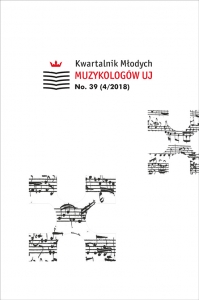
The aim of this article is to analyse the presence of Commander in Mozart’s Don Giovanni as well as show the references to other opera depictions regarding the myth of Don Juan. Commander, also known as the Stone Guest, is an animate tombstone figure, which appears in every classic-based version of the story about Don Juan Tenorio (Don Giovanni) in order to summon a rogue to conversion; when he fails to do so, he drags him to hell. The spectacular character of the final scene turned out to serve as an inspiration for numerous opera makers, from Mozart to Rimsky-Korsakov (Mozart and Salieri). This theme, which has not been the subject of research before, is definitely worth exploring.
More...